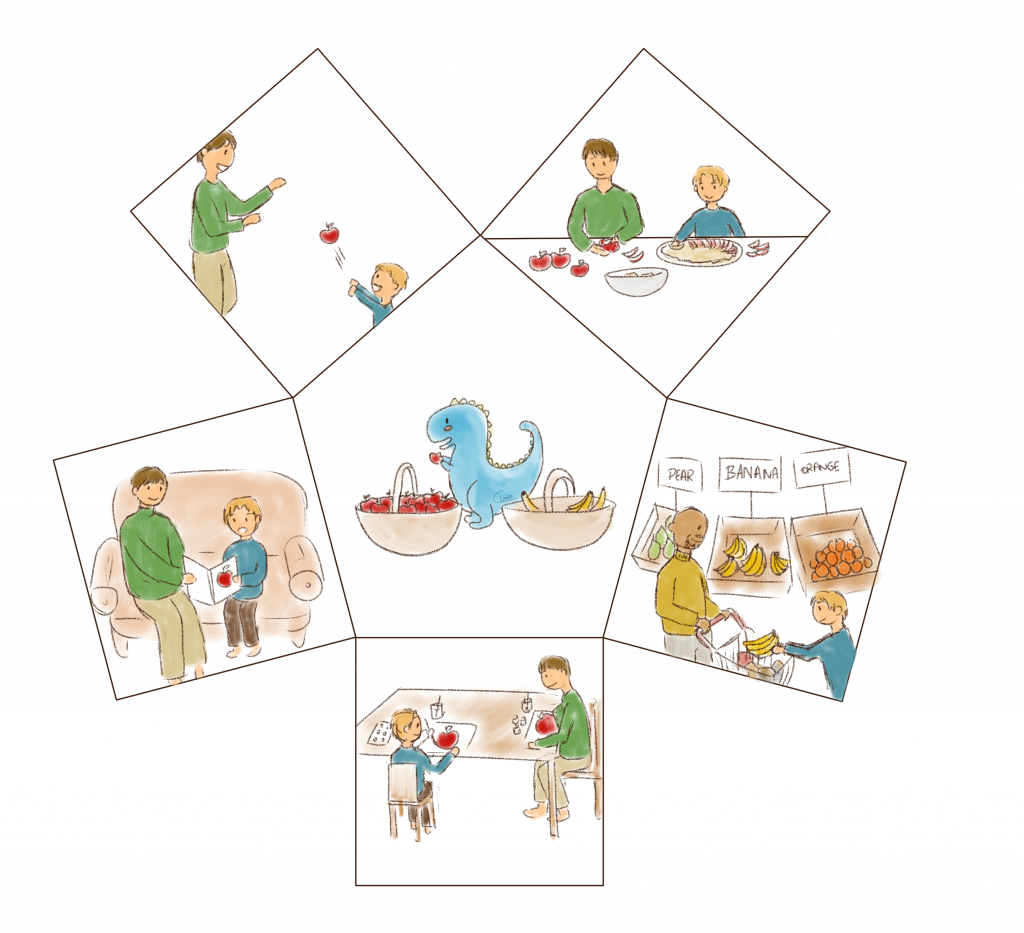Should I translate words to help a bilingual child build her vocabulary?

You remember the lists of word translations you had to memorize for each unit in your school’s second language class. Chat means cat. Chien means dog. Souris means mouse… Lists so long they would lull you to sleep.
A lot of second language teaching is about creating correspondences between one’s native and second languages.
Bilingual children, on the other hand, learn their languages differently. Depending on when and where they hear each language, they can have vocabularies that overlap just a little. For example, a bilingual child may hear Japanese at home, and learn the words for “bath” and “frypan”; and she may hear French at school, and know the words for “whiteboard” and “gym”. Studies have found that bilingual children’s vocabulary in one language is learned independently from their vocabulary in the other language. This is exactly why they can learn two words, one in each language, for the same thing without feeling confused!
You can imagine a bilingual child’s languages like two baskets that get filled depending on the kinds of fruit she is near. Maybe with the nanny, she will fill the baskets with pears, and with her cousins with kiwis. Maybe with mom, she will fill the baskets with peaches, and with dad oranges.
The quantity and quality of time spent interacting in each language are the most important. The more of one of her languages a bilingual child hears, the faster she will be at understanding words and learning new ones. The best way to foster a bilingual child’s vocabulary is to provide her with meaningful interactions with fruit, or language!
The scientific sources of our comics:
